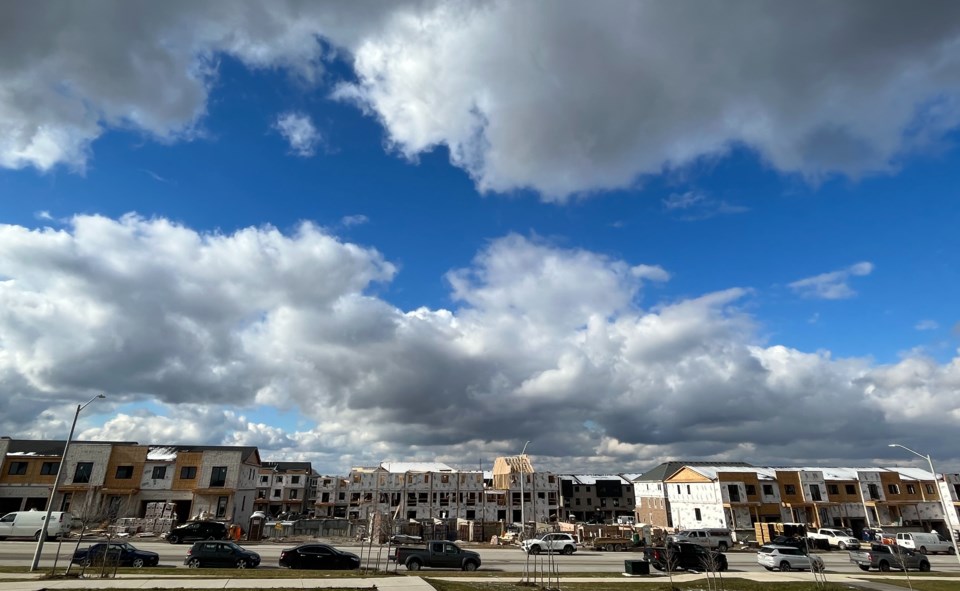The city is getting into the real estate game, if it’s not already playing.
“The City of Barrie will announce (Nov. 15) that we are going to move some of our city-owned properties to market, after rezoning them,” said Mayor Alex Nuttall, speaking to the provincial standing committee on heritage, infrastructure and cultural policy, regional governance and Bill 234, which met earlier this week in Barrie.
The mayor released no other details about the move, although he said moving city properties to market will help generate an additional 3,000 new residential units in Barrie this year, which will have a total of 12,500 new residences.
“We take housing seriously, we’ve been getting it done and we are planning for the future as requested by the province,” Nuttall said.
Bill 23, the province’s More Homes Built Faster Act of 2022, calls for 1.5 million new homes built in Ontario by 2031.
Barrie councillors endorsed a pledge in early 2023 with a target of 23,000 new homes built by 2031, in addition to what’s already planned. The pledge is a requirement of Bill 23, which instructed municipal governments to endorse their housing target pledges by March 1.
Nuttall noted that since Jan. 1, Barrie has had 1,850 housing starts, exceeding the annual target of 1,287.
Council has approved 4,641 housing units this year.
Through the community infrastructure and housing accelerator (CIHA), the city has approved, or has an additional application coming before council, for another 5,211 housing units, Nuttall said.
The CIHA authority gives Ontario’s minister of municipal affairs and housing the power to make orders to respond to municipal requests for expedited zoning, outside of the Greenbelt.
A CIHA can be used to regulate the use of land and the location, use, height, size and spacing of buildings and structures to permit certain types of development. The requesting municipality is responsible for providing public notice, undertaking consultation and ensuring the order, once made, is available to the public.
The Bill 23 pledge divides Barrie’s housing target into five areas, the largest being 19,180 units based on demographic trends, from the Ministry of Municipal Affairs forecast for allocation of growth for this city.
Collaborating with development industry partners is expected to yield 3,900 housing units, second and third suites another 1,800 units, the New Foundations program (on church, place-of-worship, institutional properties) 1,500 units and 1,400 units by re-examining existing development approvals. This totals 27,780 new homes, well above the 23,000 target.
But Bill 23 is expected to impact development charges, which are designed to recover the capital costs associated with residential and non-residential (commercial, industrial, institutional) growth within a municipality from developers, so that existing residents don’t have to foot the bill.
The city could see a substantial reduction in development charges during the next five years, a potential hit to the city of $125 million.
The Association of Municipalities of Ontario (AMO) has estimated 80 per cent of growth costs were recovered by DCs before the introduction of Bill 23. A 70 to 75 per cent recovery of growth-related capital costs from DCs is now a reasonable estimate.




